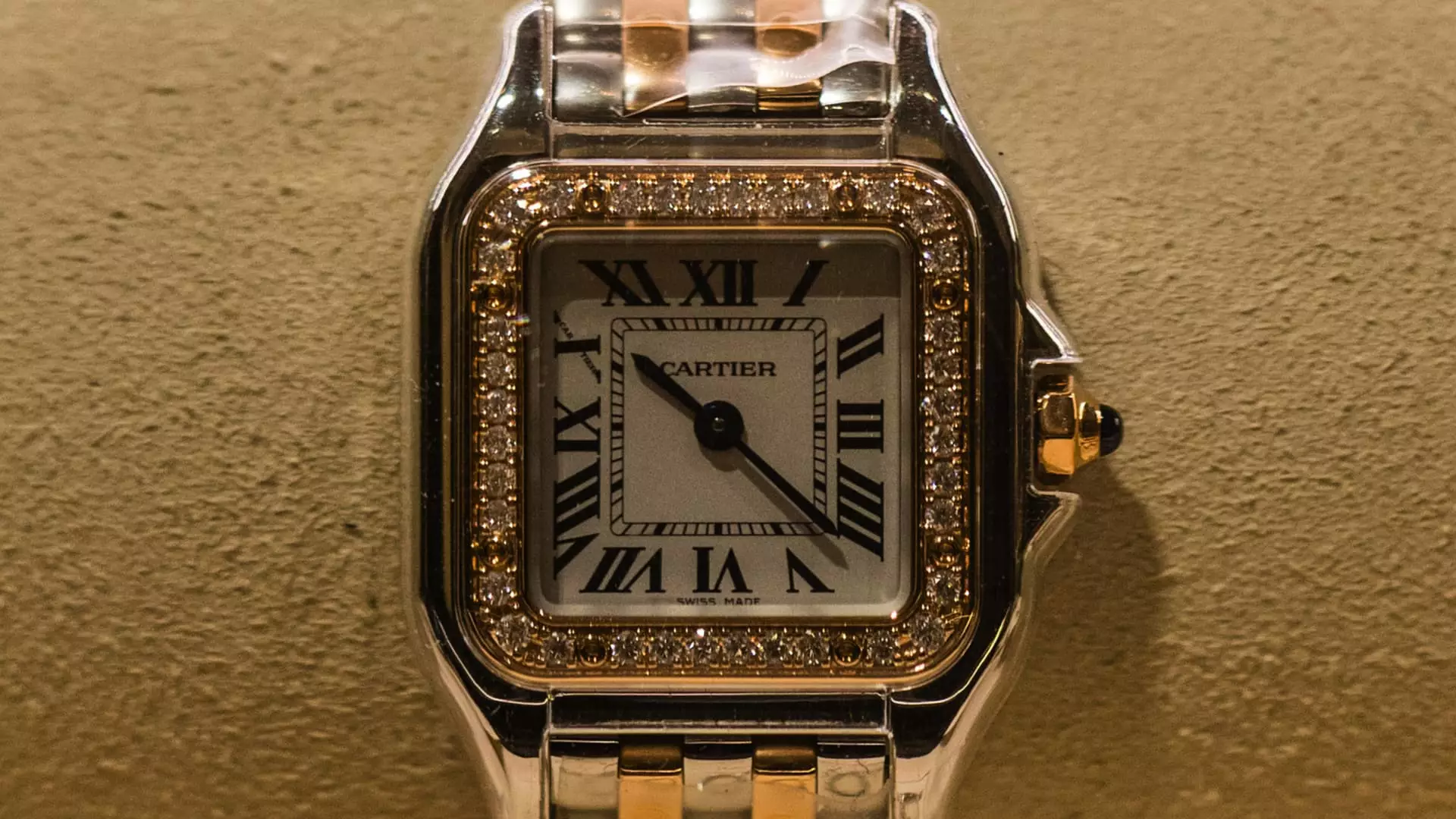In a tumultuous economic landscape, Swiss luxury conglomerate Richemont continues to defy expectations, exemplifying an unusual blend of resilience and audacity. The company’s recent fiscal fourth-quarter results, showcasing a 7% year-on-year sales increase, highlight a remarkable trend among the affluent who remain largely untouched by the pervasive uncertainties affecting the broader global economy. With revenues soaring to 5.17 billion euros, Richemont has not just met; it has outstripped analyst forecasts, revealing an intriguing narrative of elite consumer behavior in turbulent times.
The Jewellery Sector’s Triumph
At the heart of Richemont’s impressive financial performance is its Jewellery Maisons division—an area characterized by astounding double-digit growth. Brands like Cartier, Van Cleef & Arpels, and Buccellati also showcase that luxury isn’t merely a proclivity for the rich; it’s a powerful statement of identity and status that often prevails even against fluctuating market dynamics. The poise with which Richemont navigates its diverse portfolio illuminates why luxury brands are not just surviving; they are thriving, reinforcing the notion that even in uncertainty, the affluent will indulge in the finer things in life.
Challenges in the Watchmaking Segment
Yet, as the glitz and glamour of Richemont’s jewellery sales shine brightly, not all corners are enjoying the same prosperity. The company’s watchmaking brands, including Piaget and Roger Dubuis, experienced a notable decline. This downturn is particularly disheartening within the Asia-Pacific sector, where a staggering 23% drop in sales was reported, especially in China. It is a potent reminder that luxury brands are not universally shielded from economic woes. As national sentiments shift and consumer behaviors evolve, the volatility underlying this segment calls for a strategic recalibration.
Global Headwinds and Economic Realities
BofA Global Research has pointed to significant external pressures confronting Richemont, including fluctuating gold prices, U.S. tariffs, and foreign exchange variances. The acknowledged strength of the Swiss Franc coupled with the U.S. dollar’s decline creates a complicated financial milieu that could impact the brand’s pricing strategies. However, Richemont’s historical pricing power could act as a mitigating factor, possibly countering some of these headwinds. This blend of adversity and capacity for adaptation is especially vital now, as luxury brands like Richemont must remain alert and agile.
Reflections on Consumer Confidence
What Richemont’s journey suggests is not merely about sales figures but also fundamentally raises questions about the broader economic landscape and its effects on consumer confidence. As the luxury market shows signs of rallying despite external challenges, it highlights a potentially skewed perception of economic health—a stark contrast to the dis mal conditions faced by many sectors. Global uncertainties, particularly geopolitics and trade tensions, loom large and constantly threaten to unsettle consumer habits. However, for now, the luxury market appears to remain a sanctuary for those who command wealth. Richemont is a prime example of how, even amid chaos, certain sectors can thrive—a dichotomy that speaks volumes about modern consumption and the resilience of aspiration in an ever-evolving market landscape.


Leave a Reply